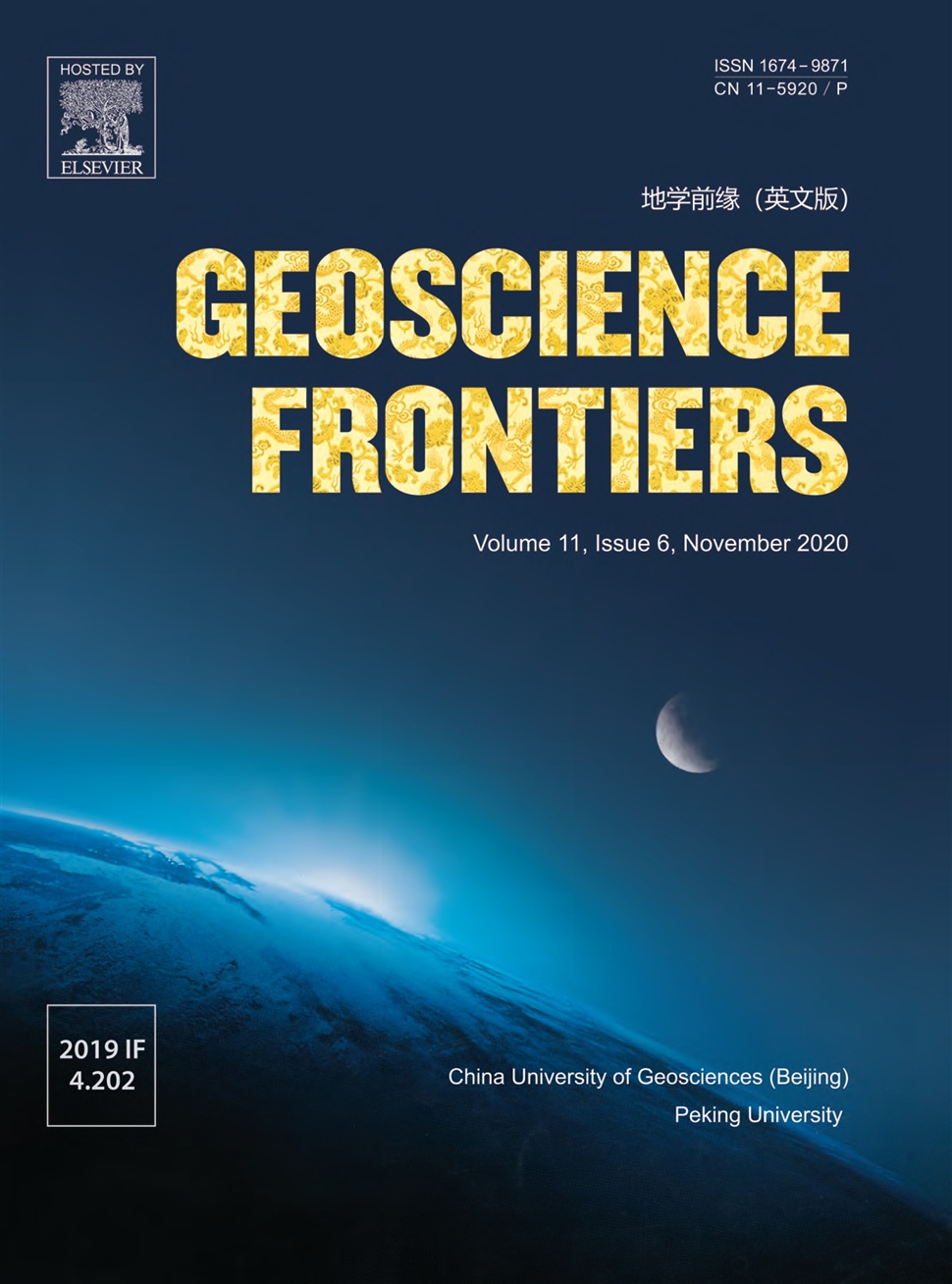Modelling of shallow landslides with machine learning algorithms
作者:Zhongqiang Liu,Graham Gilbert,Jose Mauricio Cepeda,Asgeir Olaf Kydland Lysdahl,Luca Piciullo,Heidi Hefre,Suzanne Lacasse
摘要:This paper introduces three machine learning(ML)algorithms,the‘ensemble'Random Forest(RF),the‘ensemble'Gradient Boosted Regression Tree(GBRT)and the Multi Layer Perceptron neural network(MLP)and applies them to the spatial modelling of shallow landslides near Kvam in Norway.In the development of the ML models,a total of 11 significant landslide controlling factors were selected.The controlling factors relate to the geomorphology,geology,geo-environment and anthropogenic effects:slope angle,aspect,plan curvature,profile curvature,flow accumulation,flow direction,distance to rivers,water content,saturation,rainfall and distance to roads.It is observed that slope angle was the most significant controlling factor in the ML analyses.The performance of the three ML models was evaluated quantitatively based on the Receiver Operating Characteristic(ROC)analysis.The results show that the‘ensemble'GBRT machine learning model yielded the most promising results for the spatial prediction of shallow landslides,with a 95%probability of landslide detection and 87%prediction efficiency.
发文机构:Norwegian Geotechnical Institute(NGI)
关键词:ShallowlandslideSpatialmodellingMachinelearningGIS
分类号: P64[天文地球—地质矿产勘探]
- Evolution of Mount Cameroon volcanism: Geochemistry, mineral chemistry and radiogenic isotopes(Pb, Sr, Nd)
- A large epeiric methanogenic Bambuí sea in the core of Gondwana supercontinent?
- Adakite-like granitoids of Songkultau:A relic of juvenile Cambrian arc in Kyrgyz Tien Shan
- Subaerial hot springs and near-surface hydrothermal mineral systems past and present,and possible extraterrestrial analogues
- East African topography and volcanism explained by a single,migrating plume
- Late Mesozoic topographic evolution of western Transbaikalia:Evidence for rapid geodynamic changes from the Mongol-Okhotsk collision to widespread rifting
- Water in coesite: Incorporation mechanism and operation condition,solubility and P-T dependence, and contribution to water transport and coesite preservation
- Constructing the latest Neoproterozoic to Early Paleozoic multiple crust-mantle interactions in western Bainaimiao arc terrane,southeastern Central Asian Orogenic Belt
- Characteristics of carbonatites from the northern part of the Korean Peninsula: A perspective from distribution, geology and geochemistry
- Recognition of two contrasting structural-and mineralogical-gold mineral systems in the Youjiang basin,China-Vietnam:Orogenic gold in the south and Carlin-type in the north


